|
Radschool Association Magazine - Vol 34 Page 19 |
|
Privacy Policy | Editorial Policy | Join the Association | List of Members | Contact us | Index | Links | Print this page |
|
Your Say! |
|
|
|
Last issue
Phil Witts
(right) was looking for a RAAF hat badge as he’d given all his
Well, we asked and we’re
pleased to say that Norn Ellis saw Phil’s
Thanks heaps Norm, that was a very nice thing to do…
Faye Chatham got in touch, she says, “Hi, You have a great team working to produce this great magazine. I really love Sam Houliston's “Computers and Stuff” page - it always has such interesting information.”
Thanks Faye – we’ve passed your kind remarks onto Sam, “Some say he……….” tb
38 RTC.
We had the photo below in Vol 24 and Vol 25, and we weren’t too sure of some of the names. Keith Russell saw the pages and he says: “In looking through the past history of courses etc, I noticed some unidentified persons on 38 RMC.
In the photo the first unidentifed person on the left of Ken McDougal is Chris Quain. Chris never finished the course and I believe left the RAAF very early afterwards. The second unidentified person next to Bruce (Tex) Writer is Mick Sicard. Mick failed an early exam and was remustered to the supply world. The third unidentified person next to John (Shep) Wooley is Graham Goodfellow. I believe he failed the same exam as Mick Sicard and was also remustered possibly to supply.
I am still trying to recall the name of the fourth unidentified person.
My memory of the details around 38 RMC is slightly different to that recorded by Roger Davis. We were all to be Radtechs and not sure if it was to be ground or air. However, on the day the course started we were advised that we were to be Telstechs and apparently some people on the course had some justification to leave the course and were simply transferred to the next Radtech course; the remainder of us continued on to become Telstechs and graduated as RADMECHS. We returned for the Telstech conversion course about 8 months later. Prof Carter was from 42 RMC and returned to join us on No3 TTC.
Again my memory is different from Roger's in that I am confident that the next course of Tels Techs was not No 39 RMC but something like No 42 RMC. No 3 TelsTech course was made up of the previous 38 RMC and a number of members from No 42 RMC. Our instructors were Eion McCarthy, Don McConville, Ron Fryer, and another short Sgt whose name starts with "H"
So now we have
|
|
|
|
|
|
Back Row: Chris Quain, Ken McDougall, Paul Egan, John Woolley, Graham Goodfellow, Unknown, Kev Cahill, Allan Martin
Front Row: Mick Sickard, Bruce Writer, Phil Hughson, Roger Davis, Paul Fairley, Rod Kime, Keith Russell.
|
|
Q. Which is worse, ignorance or apathy A. I don’t know, and I don’t care.
|
|
Number 5, Mini-Computer Course.
Mike Carson got in touch, he says he can fill in one blank in the photo of No 5 Minicomputer course we had in Vol34. He says the bloke in the front row, second from the right, is Keith Starks, Telstech, who later became a Systech.
So now we have
|
|
|
|
|
|
Back row: Mark Fraser, Unknown, Mark? Grey, Unknown, Cliff Rogers Front row: Len? Anderson, Unknown, Unknown, Keith Starks, Rory O'Connor.
|
|
Can anyone help with the others???
|
|
On some bases, the Air Force is on one side of the field and civilian aircraft use the other side, (Townsville and Willytown for starters). The control tower looks after everyone. One day the tower received a call from an aircraft asking, "What time is it?"
The tower responded, "Who is calling?" The aircraft replied, "What difference does it make?"
The tower replied, "It makes a lot of difference... If it is a commercial flight, it’s “on the hour”. If it is an Air Force plane, it is 1500 hours. If it is a Navy aircraft, it is 6 bells. If it is an Army aircraft, the big hand is on the 12 and the little hand is on the 3. If it is a private light aircraft, it's Wednesday afternoon and 120 minutes to "Happy Hour."
|
|
Frognall.
Ernie Gimm tells us that Mary Windsor (Moore) (right) is correct in her assumption, in the last issue, that the building at Frognall (below) is Transport/Equipment section and Pay Section near the tree. The Sgt Mess was on the other side of the parade ground/volley ball court.
Also Page 3 mentions Frognall and 3 TELU in the same breath.
This is incorrect. Frognall certainly was the Primary Relay Station for the RAAF but known as Melbourne Tele-communication Unit (MTU) which housed No 1 Communications Centre (RAYP).
It had overseas circuits to Nairobi, Vancouver, Singapore, London, Wellington etc, to name a few.
Steve Irwin says: Hi All, I look forward to every issue of the magazine. I do tend to disappear into the fog of time for a day or 2 afterwards much to my wife’s amusement.
Frank Alley got in touch, he says, re the notice of the passing of Nick Carter in Vol 33, I'm really sorry to hear that. I had a lot of time for Nick, a bit of a character, but genuinely helpful, as was Ivan Spiller. When I started as an EDO at Radschool, I wasn't satisfied to just teach the theory, but would go with the troops down to the lab and do the practicals with them. Nick Carter was always helpful. I was also lucky to be taken under the wing of (Flt. Lt.) Jack Saunderson who took it upon himself to make sure this sprog could do such things as tune a transmitter. Regards,
(We’re with you Frank, he was certainly a character and definitely had things organised in Vung Tau – and I don’t think I ever heard a bad word spoken about him. He definitely helped a few of us on 41RTC get through Radschool – tb)
|
|
Alistair “Butch” Craill,
ex 71 RTC wrote: Howdy all, in
Vol 32 on page 19,
Reg Wood asked if one of the superhets in the photo might be one
that he set up as a display unit for his FSgt while at Rads. I am
almost certain that the superhet currently in my care is exactly
that set, Perspex cover and all. It is currently on long term loan
to
The set is still in very good condition and makes an excellent historical reference point. The other set in the photo was given to me by another good mate and I'm delighted to have it. As a valve radio collector, restorer and some time writer for the Historical Radio Society's magazine, "Radio Waves", I see it as a rare and interesting part of our radio history. Its restoration will form the basis of an article that I hope will properly document its existence and add a little bit more to the Radschool story.
If anyone has any anecdotes (colourful or otherwise) about their experience with Radschool superhets I'd love to read them (Brent – not telling tales out of school, but I believe you have a story concerning an AVO – tb) . And the known survivor count is currently at 2, are there any others? For all those that still enjoy "hollow-state" tech, click HERE for a copy of the original schematic for the "5 Valve Superhet, Basic Servicing".
The Bones.
Graham Crawford has corrected our spelling of Monte’s name, it is Kakoschke, not Kakaschke as we had it in our last issue (been fixt), and Graham thinks the bloke directly behind Monte, next to Toby Paine, is Dan Slattery (ex 17 course Radio Appie).
|
|
Q: What's the difference between God and a fighter pilot? A: God doesn't think he's a fighter pilot.
|
|
Michael Morrissey got in touch, he said:- “Re the mention of Cpl. John Jarman in Vol 33, page 16. John had served as an interpreter with the 2nd AIF in the Middle East in WW2, he spoke German and Yiddish. On return to Australia from the middle east John was discharged from the AIF and joined the RAAF where he trained as a WAG. I have no information on his aircrew service in WW2. The reason he was so strange was because he was suffering from PTSD which was solely due to his war service. As John wandered around the camp talking to himself and sometimes waving his arms around, he retrieved drink bottles from the garbage bins and collected the returns on these and presented the cash to the Catholic Nuns who I think ran an orphanage in Ballarat.
Yes he was a strange character but he had a heart of gold. He was also very knowledgeable on all things WT, radio, radar and TV.
I met John when I was on No. 18 RadMech course at Ballarat in 1960. All the bods on this course were remustered mechanics from other trades who were considered surplus to RAAF requirements. John was our instructor on a number of radio subjects. I hope he did find a niche in civvy street and perhaps some mental peace away from RAAF service bull. And yes, there did seem to be a lot of jealousy from other instructors re John's abilities and perhaps his WW2 achievements.
I enjoy reading your magazine.
John Macmahon
got in touch, he said, I have recently received a $60,000 pay out
Thank you for an excellent magazine. I really look forward to reading it.
You can more information from HERE or if you prefer, you can contact John via email HERE.
|
|
Officer: "Airman, do you have change for a 50 dollar note?" Airman: "Sure, mate." Officer: "That's no way to address an officer! Now let's try it again! Airman, do you have change for a 50 dollar note?" Airman: "No, Sir!"
|
|
We heard from Stuart Manson who is with 10 Sqn down at Edinburgh, he says:
I
am undertaking research from past 10 Sqn members who worked with the
Neptune airframe. The sole purpose of my research is to create a
You can contact Stuart HERE
|
|
Having just moved into his new office, a pompous new Squadron Leader was sitting at his desk when an airman knocked on the door. Conscious of his new position, the Sqn Ldr quickly picked up the phone, told the airman to enter, then said into the phone, "Yes, Air Vice Marshall, I'll be seeing him this afternoon and I'll pass along your message. In the meantime, thank you for your good wishes, sir."
Feeling as though he had sufficiently impressed the young airman, he asked, "What do you want?"
"Nothing important, sir," the airman replied, "I'm just here to hook up your telephone."
|
|
We heard from Reg Wood. Reg was on 55 RMC, then went to 36 Squadron with the old C130A’s as a mech then back to Laverton for 35 RTC to do his techs and then posted to 3 Squadron with the Miracles, then off to Butterworth and 77 Squadron, then back to Willytown.
He took a D in January 1971 and would love to hear from anyone from the past before his time runs out – but, he reckons he’s not planning to leave in near future.
If you want to get in touch with Reg, you can email him HERE
|
|
Q: How do you know if there is a fighter pilot at your party? A: He'll tell you.
|
|
Laurie Cook says: Howdy all, I saw a clipping in the Herald Sun (Melbourne) re the Radschool Association few weeks ago but then it went into the system and disappeared. So I was delighted when after a short search I found you on the net.
It is a long time from those days at Ballarat on those freezing mornings on the parade ground and the trumped up excuses to get weekend guards but what a good time it was. I was on 21 Rad Mechs course which later became 15 Rad Techs course, one of the first to go through Laverton. I spent my time thereafter at 1AD and then Base Squadron Laverton. I did know Gus Comer he was a WO at 1AD at the time and we also had WO Watson at Ballarat and Flt Lt McDermott at Ballarat and then at Laverton. He was also my school science teacher at Numurkah years before.
I am trying to remember names now Sgt Cliff Collert comes to mind too and the one and only Johnny Jarman with his AN-URD 2A Rotating Goniometer and his blackboard pointer with a great penis head at one end and a larger one painted bright red at the other end which caused us to fall over with laughter and his pissophone in the little Austin A30 was it? Then I remember too the fitting classes. Hours and hours of filing on the bloody dovetail that was never right and the tempering of steel that was ready when it was “DOG C**K RED!”. Then it was study, study, study in the freezing Nissan hut with a blanket wrapped around the legs to keep warm at 2.30 in the morning. The dunnys with no doors and seeing one of my mates sitting on the toilet after breakfast eating a Cherry Ripe. The absolutely great billiards tables in the army hut, where I learned how to hustle for free beers long after my stay at Ballarat. And yes there were chicks too. We had a mate who looked like Ed “Cookie” Burns from 77 Sunset Strip - if you can remember that you’re getting old. Click the photo at right and you can dig the opening scene from one of the shows man. See if you can understand what they're talking about!!! - big file, takes a minute or two to download.
Did we really speak like that???).
Any, this mate played guitar and sang pretty well, so we got lots of invites to the WRAAF staff room where Corporal Trudy kept a beady eye on all of us. There were savs which only got dipped in the mustard sauce supplied by the WRAAFs (sadly) and from memory, there was an endless supply of them until Trudy told us to go home.
One lasting memory was when it was a very frosty morning we tramped the CO’s lawn near the flag at “Bullshite Castle” and when it thawed out it left the outline of a Superhetrodyne burnt into the grass. The WOD went mad but the CO loved it and we never got into trouble. Yes cold it surely was and the freezing mornings on the parade ground were those to remember after Darwin.
Ballarat was pretty tough in some ways for me. I was suffering from a bad back and was in and out of the Ballarat Gen for some time. I had hurt my back in Darwin when I was GH’ing for 5ACS, and the climate was a bit of a shock too since we got six inches of snow and blasting sleet while I was there. The CO wanted his office warm after parade and quite unknown to him I was given the job. What was unknown was that I grew up in the hills of Foster after the war where it rained for nine months of the year and dripped off the trees for the other three. As a six and a half year old kid I had to fill a nine gallon copper with water and boil it by the time my father and my older brother milked the cows by hand and if the water was not boiling, it was look out for me and I mean look out….. I got the tripe belted out of me quite a few times when it was proclaimed to the world that “the fire’s black out and the water’s stone bloody cold”.
My father was an ex Jap POW and he had the shortest fuse of any person I have ever known. So if I could light a fire in Gippsland then it was no trouble anywhere else after I grew up, especially with a four gallon tin of RAAF polish at hand so when the CO came to his office it was always cosy, warm and a coffee was on the table. That kept me off the parade ground most days. One morning, I watched the lads line up on parade and next thing they were pulling off the greatcoats to reveal that lots of them still had their pyjamas on underneath. It was the funnies thing I had seen for a long time. The CO came into the office that morning and saw the grin on my face and looking very sternly at me said. “I know you are dressed Cook you don’t take chances. And you are the best fire lighter I have ever had and you make a good coffee right when I need it.”
Times never to be forgotten. Yes I would like to go to a reunion when one is arranged.
|
|
Q: What's the difference between a fighter pilot and a jet engine? A: A jet engine stops whining when it shuts down.
|
|
|
|
Shirley McLean got in touch, she says, it’s been a bit hectic here of late, not only have I needed a new computer but my land-line has been out of order since 27 January. No telephone and no computer, peace!! -- but I am up and running now.
After speaking with you at the EX-WRAAF National 60th Reunion in Brisbane last week, I am sending you some details on the First WRAAF course in 1951, for which I am proud to have been selected.
In 1949, permission was sought by the Australian Government, from Britain, to re-form the three women’s services and in 1950 King George VI granted the title of WOMENS ROYAL AUSTRALIAN AIRFORCE (WRAAF), to distinguish the Australian Service from the WWll English “WAAF”, Womens Auxilary Airforce and the Australian “WAAAF”, Womens Australian Auxiliary Airforce.
In the late 1950’s, the Federal Government advertised in the
Australian newspapers, for expression of interest from women, to
re-form the three women’s services. This came about because of the
outbreak of the war in Korea. There was a great deal of
Shirley McLaren (left), shown here proudly wearing her ADM, leading the WRAAFs in the march on Anzac Day 2010 in Sydney.
How wrong they were, the recruiting office was overwhelmed as thousands of applications were received by the closing date in early January 1951. The criteria was for women who were single, 18 to 35 years of age or 37, if they had served in WWll. The enlistment was for four years with an automatic discharge if the girls got married or became pregnant. Overseas service was not allowed.
The selection process began to find 50 ladies for the first intake.
On Monday 29 January 1951, fifty (50 ) women were required to report for their final medicals and interviews for the WRAAF. Twenty five (25) were selected from Sydney NSW and twenty five (25) from Melbourne Victoria. The 25 Sydney WRAAF were transported by RAAF bus to RAAF Base Richmond NSW and 25 Victorian WRAAF were transported by bus to RAAF Base Laverton Victoria. These two groups of WRAAF were co-joined and were given the course numbers one (1) and (2).
Both courses were recruited on the same day and completed their recruit training on the same day.
Recruit training for WRAAF courses 1 and 2 commenced on Tuesday 30
January 1951. On Monday 26 February 1951, course one’s pass out was
held at Laverton and
I wonder where that film is today?
In 1951, Richmond was responsible for WRAAF recruit training, drawing on women who lived in NSW and Queensland. Laverton was responsible for WRAAF recruit training, drawing on women who lived in thye soughern states. At the end of 1952, WRAAF recruit training ceased at Richmond and all WRAAF recruit training was moved to Victoria.
In 1950,
Wing Officer Doris Carter OBE, (left) based in Melbourne, was appointed
Director of WRAAF. (Doris had been
Australia's first women's field athlete to compete at an Olympic
Games when she was placed sixth in the high jump at the 1936 Berlin
Olympic Games. She also represented Australia in international
hockey, and was General Manager of the Australian Women's Team at
the Melbourne Olympic Games in 1956.
Flight Officer Peck was responsible for the planning of the WRAAF in its early days, then Flight Officer Eleanor Brett, who was her successor, commenced the task of making an untrained group of girls, into a highly efficient and well disciplined section of the service.
When the girls arrived at Richmond, they were met by Section Officer Pat Thompson, who was the OIC WRAAF TRAINING and Corporal Jimmy Carter RAAF, who was our drill instructor. As there were no WRAAF to precede us, we were trained by a male, whose nickname was “Killer” Carter. The story goes that, on one of the male recruit courses he trained, before we arrived, a recruit dropped dead.
Cpl. Carter considered it a badge of honour to be given the first WRAAF course to train, despite the ribbing from the airmen on the base.
Initially there were only 10 mustering’s from which the girls could chose, once they and passed out, they were: Clerk, Clerk General, Clerk Stores, Drill Instructors, Equipment Assistants, Medical Orderlies, Police, Stewardess’s and Tailoress’s.
The average age of the girls was 23 years and they were required to be either trained or experienced or highly proficient in our chosen mustering. Further training was given to us after pass out, into the way the AirForce wanted us to perform our duties.
There have been many milestones reached in the last 60 years. In 1972:
· Equal pay rates for male and females were introduced.
·
WRAAFs could remain in the services after marriage and/or
pregnancy. · Long service leave was available. · Overseas service was allowed. · In 1975 many non-traditional areas were opened to females, e.g. engineering, pilots. · In 1977 the WRAAF were integrated into the RAAF and the title Women’s was dropped. from WRAAF and became RAAF. · Air Vice Marshall Julie Hammer (CSC) (right) was the first WRAAF to reach air rank, (she was an engineering officer.) · In 1988, the first female Air Force pilots graduated .
With the exception of Airfield Defence units, there are few jobs within the RAAF today, barred to women.
The members who were in the WRAAF, never miss the opportunity to use “Royal”, when describing the WRAAF.
As Shirley says, “The title “Royal” is one which we have all been proud of. We were the ‘Royals.’
· I was proud to be a WRAAF. · I was proud to be selected for the first intake. · I am very proud to be an EX-WRAAF.
W23838 Sgt. Lemon S.J. Drill Instructor 29 January 1951 - 11 June 1955.
John Kettle got in touch, he says while at Richmond he worked in the same hangar as Radio Section and for better or worse, got to know some of the guys .
In the photo at right are two radio bods, John says the bloke on the ground is Mick Henry but he can’t remember the name of the bloke up top, but thinks his first name was Arthur.
Other names he remembers from that era are:
Tom CLANCY - deceased Jim MEWTON - (NSW) now living on the Sunshine Coast Tony MONTGOMERY - (NSW) ‘Shorty' McMAHON - ex-Appy (?) Bob PARKER - (Vic) now living in Thailand Cpl Peter ..(?)
I knew some of them pretty well because on Saturday I used to travel to Sydney in a car with some of them going to Cahills (?) chain of restaurants for a big lunch. Also to go back Sunday night I would meet some of them at the Chevron at the Cross after dinner coffee before the 'long' trip back to Richmond usually on the train.
Jack Fenton says, Radio operators of RAAF 1 TelecomUnit, Pearce, and of Army 7 Sig Regiment, Cabarlah, continued serving together after WWII in Melbourne, Singapore and Hong Kong. Those RAAF ex-Operators commissioned and serving in South Viet Nam did us the honourof checking out ourArmy unit there, helping us locate Ozbeer sources while we obliged with Intel Summaries. Les Stapleton was a popular Operator with us in the UK stationin Singaporeand I wonderyou would ask him to email me. I would be most grateful. Apart from my personal interest, I am sure thatourNewsletter would be the richer for even the smallest bit of news of ex-RAAF colleagues which I'd be delighted to pass on to its Editor.
It was in your Radschool Magazine that I spotted his name.
Geoff Schmidt
writes, Firstly, let me thank you for the excellent Radschool
Magazines
I am an Enginst, having come through the RAAF Forest Hill Appy Scheme, and then went through RMIT while living at RAAF Frognall. Unfortunately I am unable to offer any of the missing names.
Alan Johnson got in touch, he saw our recent article on Ron Raymond, he says: I knew Ron Raymond first in Townsville circa 1957-1960. I was a Telegraphist my main job was manning Area Guard watches. I was also a student glider pilot (Ron was the instructor) flying out of an old WW2 aerodrome near Woodstock west of Townsville. After a landing mishap which resulted me ending up in an apple tree, Ron decided I needed some Wirraway lessons which was my first powered flight. As a Teleg I often swapped places with Signallers on 10 Sqn maritime flights with Ron as skipper. Later in about 1978 or thereabouts I met Ron in Port Moresby where he was flying for Air Niugini. since then I have not heard anything more of him. He was a top pilot and a great bloke.
(We agree on both counts Alan – tb)
|
|
Phil Carr got in touch, he says, “Been meaning to drop a line for a while. I currently work at Richmond for Raytheon (not for too much longer, the office is closing and the work will be transferred up north to Amberley/Brisbane). We have quite a few names same of you may recognise. Bryan Napper works here in the same office (20RAC) - I was on 28 Course. Some of our 'loggies' you may know too? Bob West, Doug Broome. Other ex radio guys you might know are Tracy Mostran, and in the Amberley office - Greg Fenwick (Cobber), and Peter Cheyne. Ian (Blue) McGregor (also ex 28 appie) works down the road on the simulators (he retreaded to FltEng on C130H/707s). Clockies; Steve Ikin, Derek Gibbins, Col Mcewan (Amb offices). Blackhanders; Tim Northen, and Karen Scifleet. Have run into quite a few other ex RadTechs and ex appies over the years too. Mick Paget (ex 18 Course) was at Thales while I was there. 'Most senior' (earliest course) appie I met was Dennis Wood off 8 Course.
My RAAF time was for 9 years, ending 27+ years ago now, but it sure has had a lasting effect on my working life.
|
Back Go to page: 1 2 3 4 5 6 7 8 9 10 11 12 13 14 15 16 17 18 19 20 Forward
|
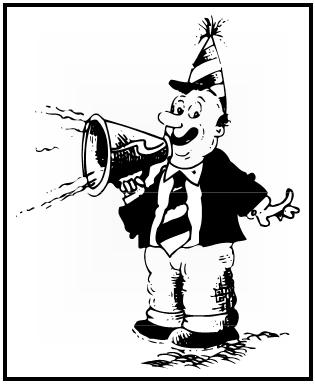
 uniforms to the local kindergarten for dress ups. Now grown up, his
own billy lids are interested in what dad used to do when he was
young and fancy free and wanted to see dad’s uniform, not that dad
could get into it these days.
uniforms to the local kindergarten for dress ups. Now grown up, his
own billy lids are interested in what dad used to do when he was
young and fancy free and wanted to see dad’s uniform, not that dad
could get into it these days. 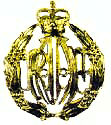 request
and as he had a spare, he offered to help Phil out. We put them in
touch and now everyone is happy.
request
and as he had a spare, he offered to help Phil out. We put them in
touch and now everyone is happy.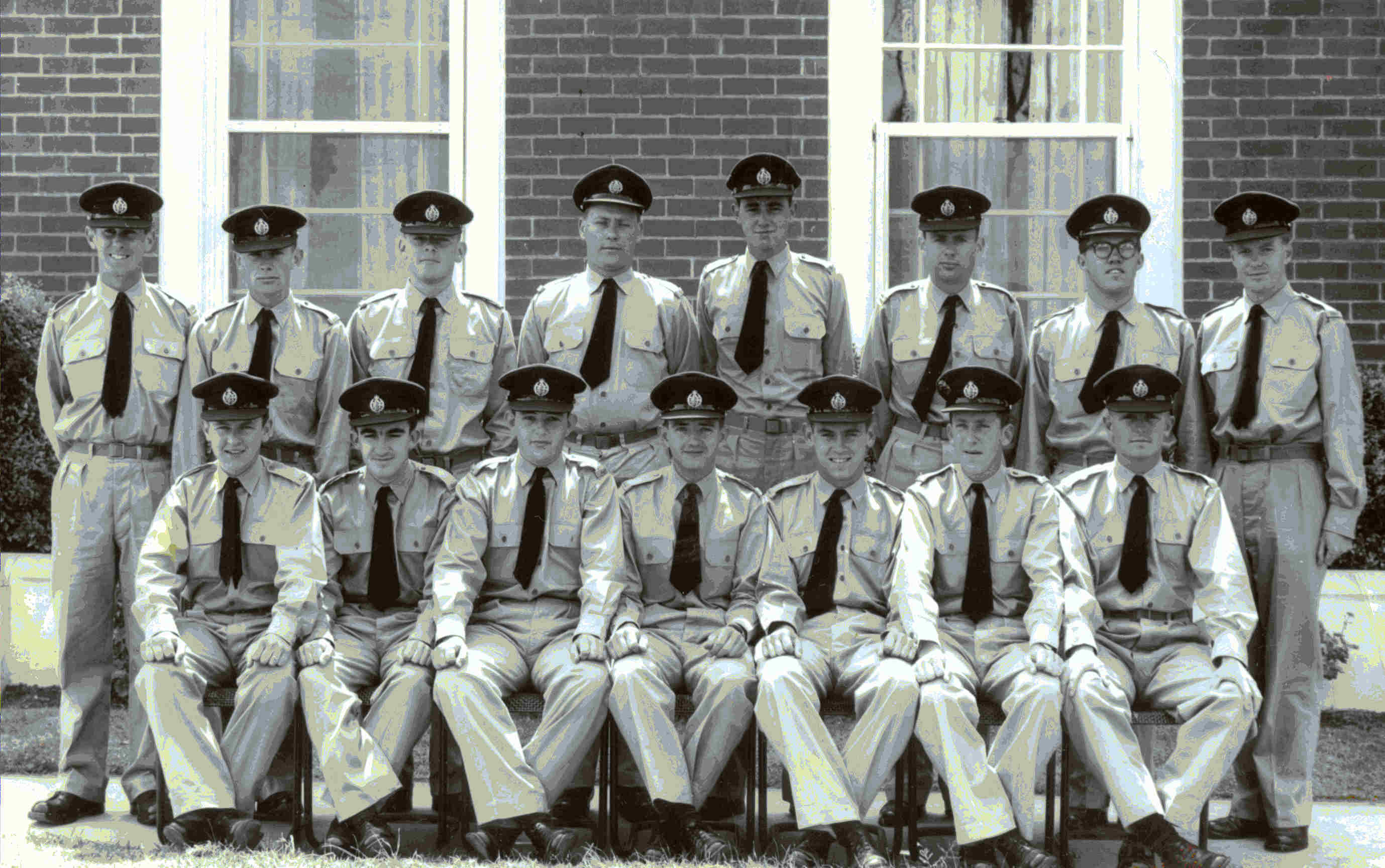
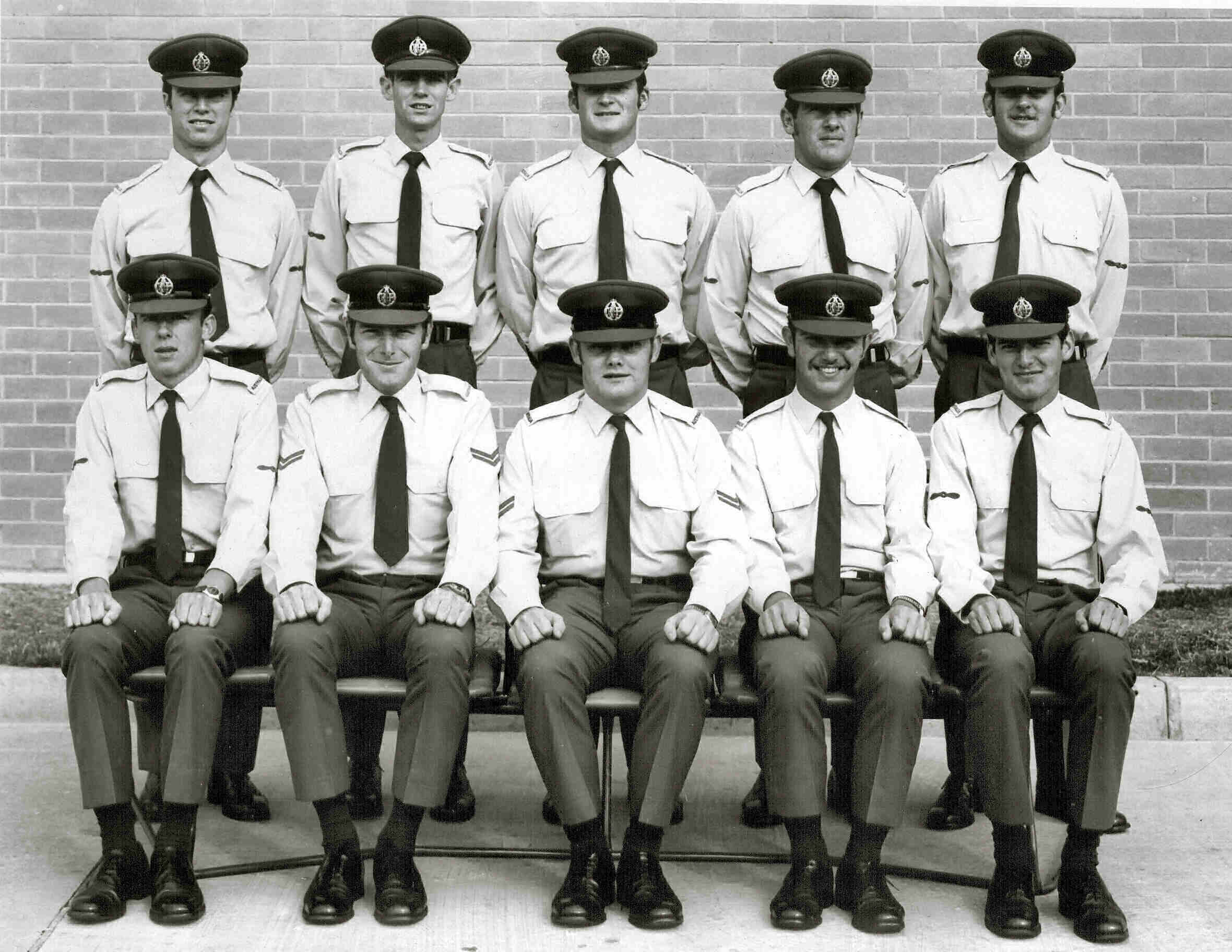
.jpg)
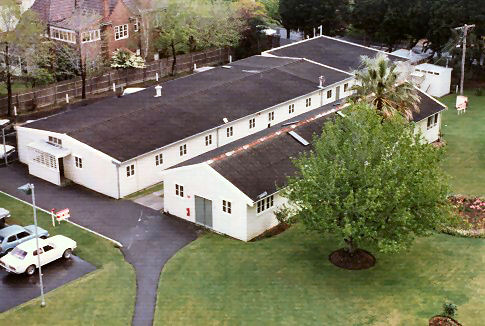
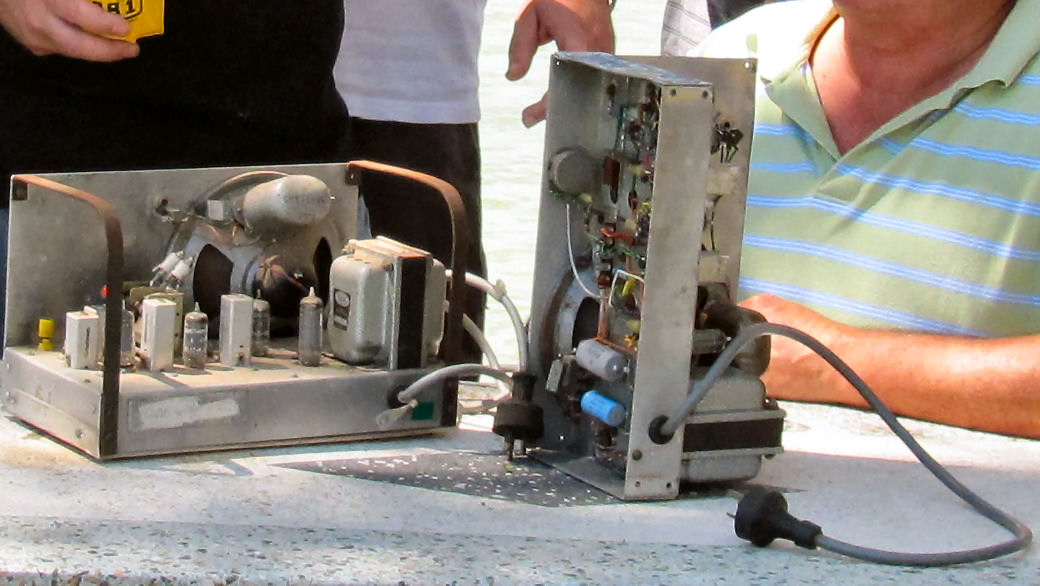
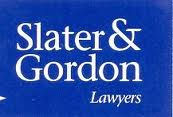 from the
from the 
 website
dedicated to 10 Sqn's past, present and future. I have managed to
track down a lot of information from WWII and modern day aircraft,
but have fallen quite short with the Neptune days. Would it be
possible to pass on my email address to any of your members who
served with 10 Sqn at any stage of their career? I am looking for
any interesting info and pictures to be placed on the timeline of
our website. Any help you could offer would be greatly appreciated.
website
dedicated to 10 Sqn's past, present and future. I have managed to
track down a lot of information from WWII and modern day aircraft,
but have fallen quite short with the Neptune days. Would it be
possible to pass on my email address to any of your members who
served with 10 Sqn at any stage of their career? I am looking for
any interesting info and pictures to be placed on the timeline of
our website. Any help you could offer would be greatly appreciated.

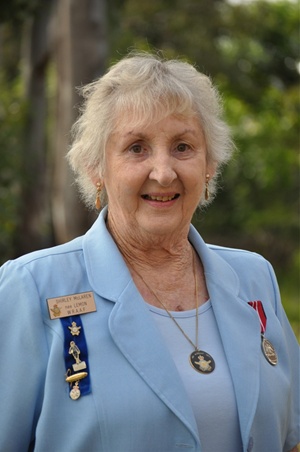
 course two’s pass out parade was held on the
same day at Richmond. On the tarmac at Richmond, Air Vice Marshall J.P.J. McCauley (left) took the salute. The tarmac was used instead
of the parade ground in order to make the first WRAAF’s pass out
parade a memorable one for the girls. Aircraft were placed around
the tarmac, airmen from the base were placed in front of the
aircraft, to make a background for the movie cameras which were to
film it.
course two’s pass out parade was held on the
same day at Richmond. On the tarmac at Richmond, Air Vice Marshall J.P.J. McCauley (left) took the salute. The tarmac was used instead
of the parade ground in order to make the first WRAAF’s pass out
parade a memorable one for the girls. Aircraft were placed around
the tarmac, airmen from the base were placed in front of the
aircraft, to make a background for the movie cameras which were to
film it.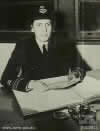 She was a remarkable woman
being also the first woman to fly both the Canberra Bomber and the
Vampire Jet. She said her proudest moment was in 1996 when she
co-led the Melbourne ANZAC Day parade.
She was a remarkable woman
being also the first woman to fly both the Canberra Bomber and the
Vampire Jet. She said her proudest moment was in 1996 when she
co-led the Melbourne ANZAC Day parade. 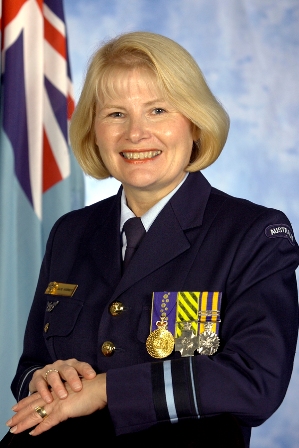
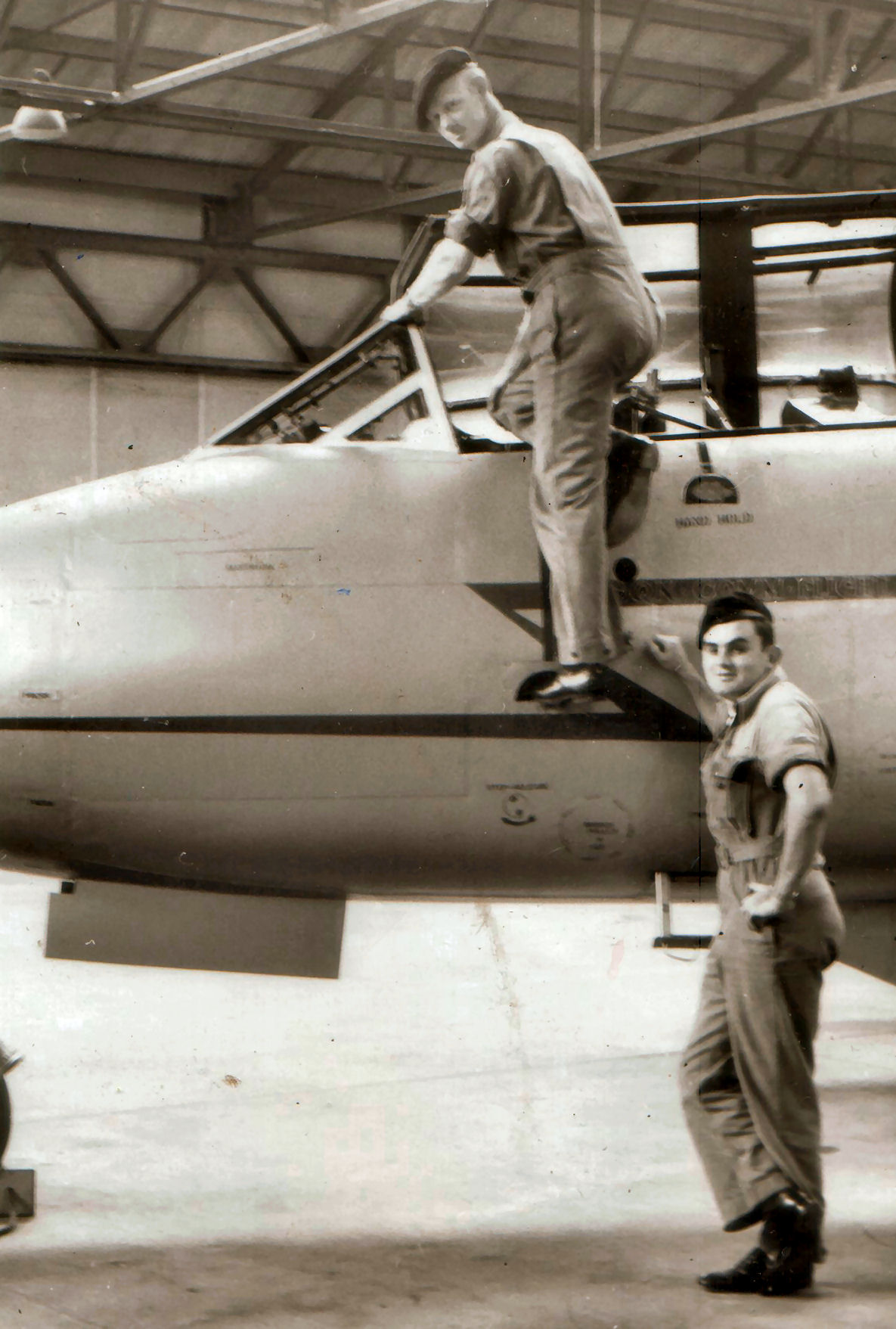
.jpg)